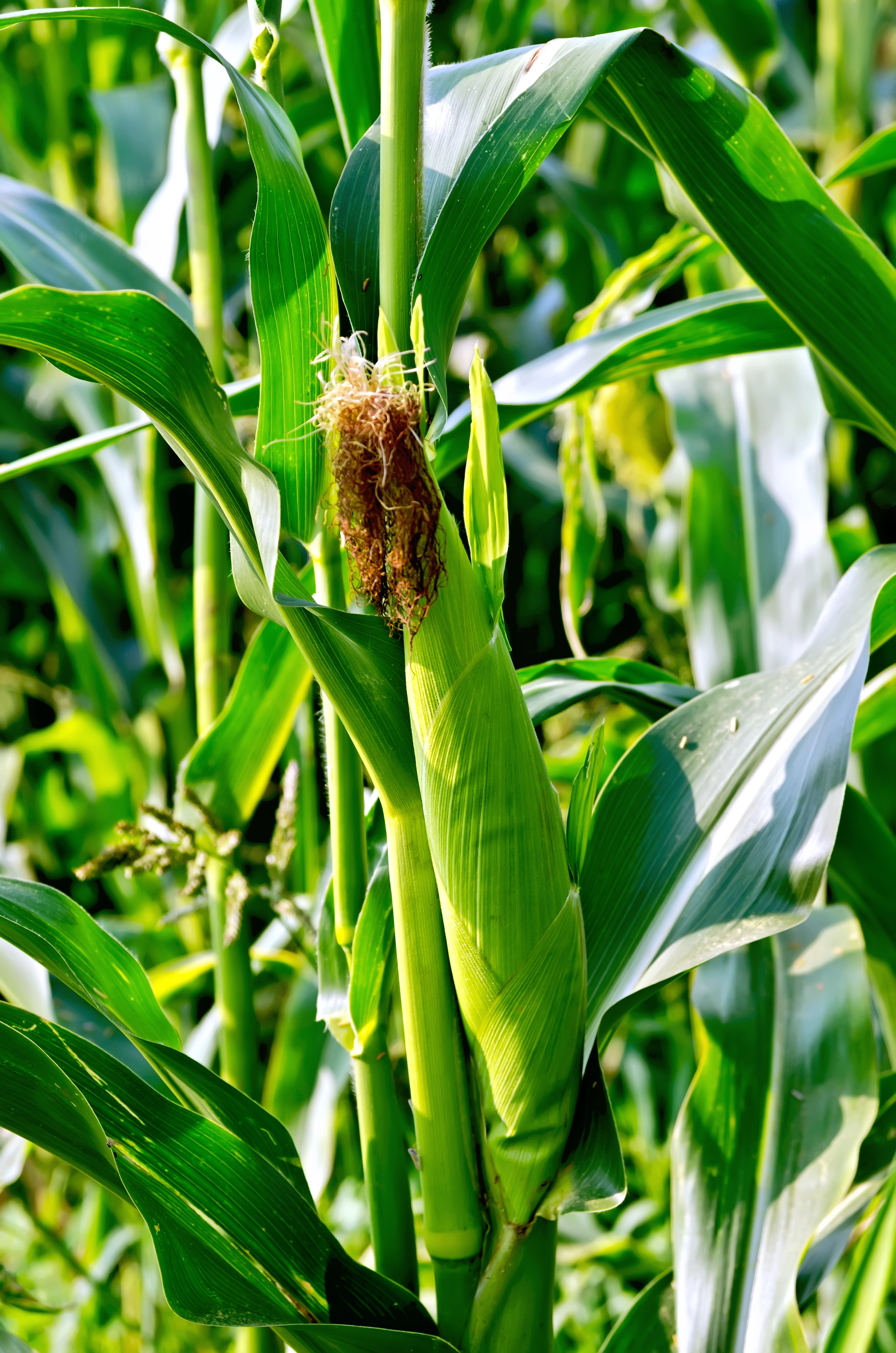GardenZeus Soil and Fertilization Tips for Growing Corn in California

Healthy soil and regular fertilization with nitrogen are critical to growing corn successfully in California home gardens. The information and tips below are intended to supplement the core information about soil and fertilization provided in “Soil Needs/Tips” in the GardenZeus section “Getting Started,” and “Nutrient/Amendment/Fertilization Needs/Tips” in the GardenZeus section “Planting and Maintaining” for your zone.
Corn demands high levels of the primary macronutrients nitrogen, phosphorous, and potassium. It is less extreme in its demand for secondary nutrients (calcium, magnesium, and sulfur); and micronutrients.
Start by adding high-nitrogen amendments to soil before planting corn seeds. Use a spading fork to work a-few-to-several inches of quality compost along with weed-seed-free horse, steer, or chicken manures into your soil. Avoid planting more than one corn crop successively in the same beds or areas. When possible, grow nitrogen-fixing cover crops or a winter/spring crop of edible legumes before planting corn.
Consider testing your soil before planting corn. You will need to fertilize corn with phosphorous and/or potassium in addition to nitrogen if your soil is low in either of these.
Garden Zeus recommends adding nitrogen in the form of diluted urea or a cup of chicken manure diluted in 4 gallons of water (half cup if fresh manure) and mixed thoroughly, applied as a soil drench, about every 2 to 3 weeks throughout the growing season.
Corn tends to produce large, spreading, shallow root systems. In loose, loamy soils it produces deeper roots along with shallow roots. Corn plants may be easily disturbed by surface cultivation, weeding, or other soil-surface activity, so be cautious with weeding and working fertilizers into soil in corn beds.
Amendments or fertilizers should be applied to the entire growing area, rather than just the base of each plant, which will help provide nutrients to corn’s spreading root systems; and as a surface dressing, without being worked into the soil, which may damage corn’s shallow surface roots. Your soil may also need fertilization with organic phosphorous and/or potassium when corn plants are about a foot tall, and again as plants approach full size or as corn silks first appear.
Corn is more likely to be nutrient deficient in alkaline soils; this can appear as striping, purpling, yellowing, or browning on leaves.